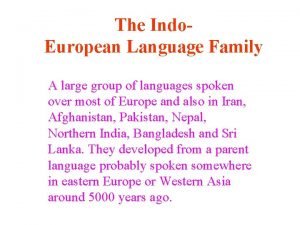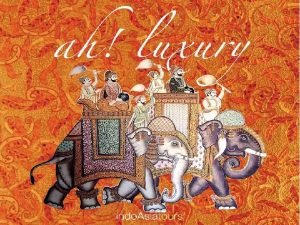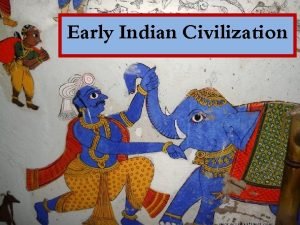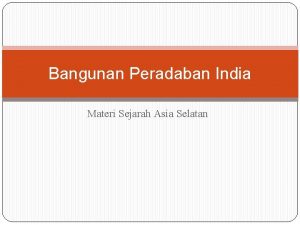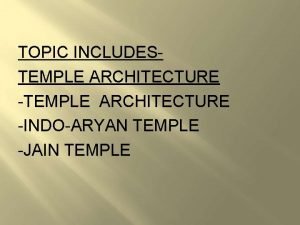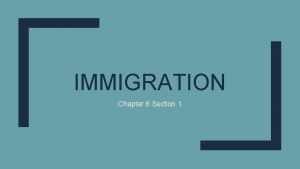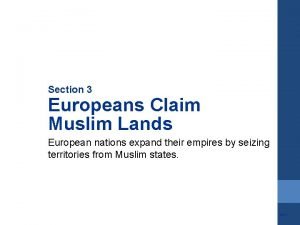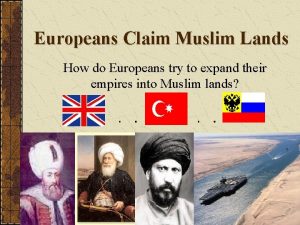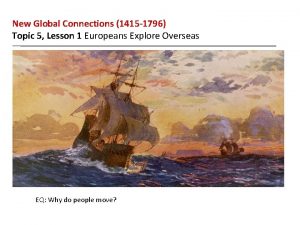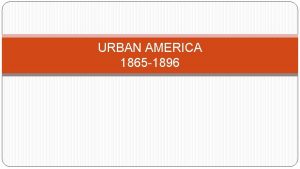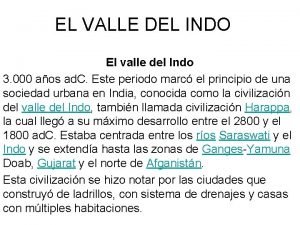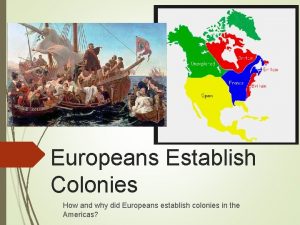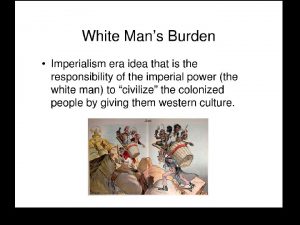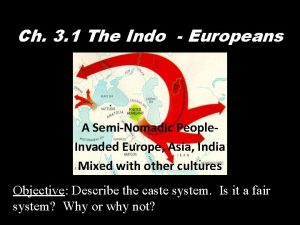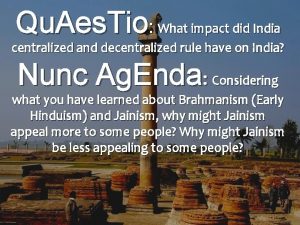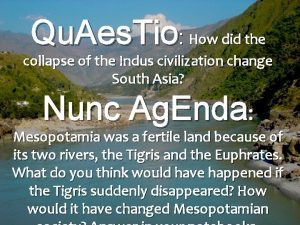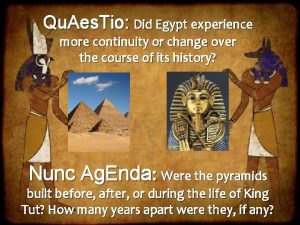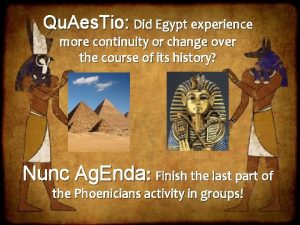Quaes Tio How did the Indo Europeans impact




























- Slides: 28

Quaes. Tio: How did the Indo- Europeans impact the regions to which they migrated and settled? Nunc Agenda: Examine the language tree and the associated map, and identify any noteworthy observations. Any languages you were surprised to see grouped together, or at all? Any interesting connections to the map?





Indo-Europeans • Indo-Europeans were a group of nomadic and pastoral peoples • They originally came from the Steppe— dry grassland regions, around modern Southwestern Russia • They domesticated the horse and invented the wheeled chariot. • They migrated from their homeland on the Steppe, possible because of – Overpopulation – Famine (no food) – Escape from Invaders



Indo-Europeans • As they settled in different parts of Europe and Asia, they also spread their language, which developed into many different languages we know today such as English, Spanish, German, Polish, Farsi, Hindi • A later Indo-European group, the Scythians, dominated the Steppe and developed cavalry armies (soldiers mounted on horses) and the composite bow (which can be shot while riding)


Bronze Age Rulers of Southwest Asia • 1500 -1300 BCE: The Mitanni, Indo-Europeans speaking a language similar to those of India today, rule over northern Mesopotamia after the weakening of Babylon

Bronze Age Rulers of Southwest Asia • 1600 -1178 BCE: The Hittites, Indo-Europeans who settled in Anatolia (aka Asia Minor), who, with the help of chariot warfare and early iron weapons, built an empire that, at its height, stretched into northern Mesopotamia and the Levant

Iron Age Rulers of Southwest Asia • Bronze Age Collapse (c. 1200 BCE) – Sudden widespread collapse of civilizations throughout the Eastern Mediterranean world – Cause Unknown: Possibilities include volcanic eruptions, earthquakes, invasions by new Semitic and Indo-European groups (Sea Peoples), new warfare technology (iron weapons) – Affected Egyptians, Babylonians, Hittites, Canaanites, Minoans, and Mycenaean Greeks



Allowed new groups to grow as old powers weakened


The Aryan Migration into India • Around 1500 BCE Indo. European nomads from Central Asia migrated into Iran, Asia Minor, and India • Indus Valley Civilization went into decline at the same time, so historians once believed that the Aryans invaded and conquered India • The evidence now points to a slow migration and process of acculturation, or combining of cultures




The Vedas: Our Best Source • The Vedas are four religious texts of the Indo-Aryans, written in Sanskrit • They are our best source of information for this period so it is called the Vedic Period • They began as oral traditions that were added to over centuries and eventually written down • The earliest, the Rig Veda, was composed during the centuries that the Aryans migrated to India • It describes a semi-nomadic culture that mainly raised cattle, and also mentions horse-drawn chariots and bronze weapons • Compared to the great Indus Civilization that preceded it, Aryan India was much simpler


Acculturation • The original inhabitants of the Indian Subcontinent were Dravidians, a darker-skinned people who spoke languages like those of South India today • The Aryans slowly adopted the settled agricultural lifestyle of the Dravidians and intermarried • Aryan culture became dominant, with warrior tribal chiefs, or rajahs, ruling populations

Dravidian Languages Today

Acculturation • Once iron arrived in India, the Aryans were able to clear more land for farming, and spread East across the plain surrounding the Ganges River • Aryans divided society into four castes, or levels, and included the non-Aryans in the lowest caste


CASTE SYSTEM • Work in pairs to examine the documents relating to the Caste System, discuss the questions that follow AS A PAIR, and record your answers.
 Tava nama kim
Tava nama kim Why did europeans begin to explore
Why did europeans begin to explore Why did europeans begin to explore?
Why did europeans begin to explore? Biodiversity hotspot in india
Biodiversity hotspot in india Indo aryan
Indo aryan Indo asia leisure services ltd
Indo asia leisure services ltd Indo iranian languages
Indo iranian languages Are celts indo european
Are celts indo european Zujt
Zujt The geographic study of the distribution of languages
The geographic study of the distribution of languages Indigenous aryans
Indigenous aryans Characteristics of indo european languages
Characteristics of indo european languages Indo arya dan dravida
Indo arya dan dravida Spanish mackerel distribution
Spanish mackerel distribution Germanic romance slavic
Germanic romance slavic Presentaciones productos en arago
Presentaciones productos en arago Temple
Temple Indo us science and technology forum
Indo us science and technology forum Número indo-arábico
Número indo-arábico Europeans flood into america
Europeans flood into america Chapter 20 section 2 european nations settle north america
Chapter 20 section 2 european nations settle north america Europeans claim muslim lands
Europeans claim muslim lands Europeans set sail
Europeans set sail Clean energy for all europeans
Clean energy for all europeans Topic 5 review questions new global connections answer key
Topic 5 review questions new global connections answer key Sources us eu us europeans
Sources us eu us europeans Chapter 19 section 1 european explore the east
Chapter 19 section 1 european explore the east Lesson 1 europeans explore overseas
Lesson 1 europeans explore overseas Europeans
Europeans
